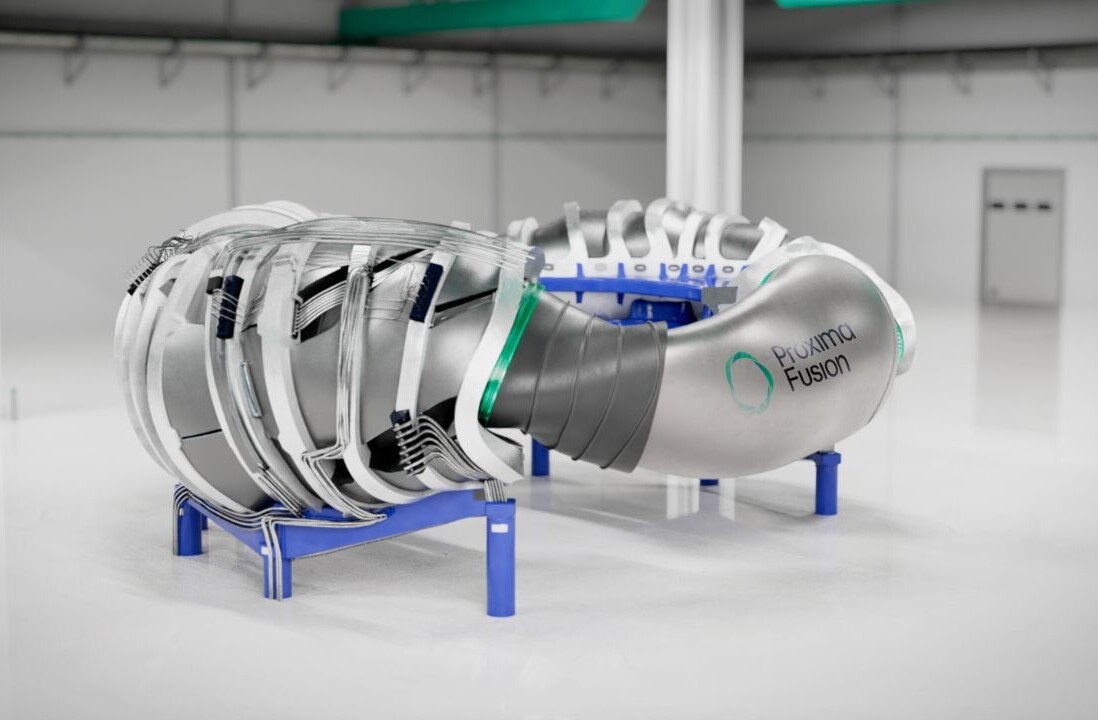
Business leaders continue to panic around a perceived lack of AI skills. According to Salesforce data, only one-in-10 global workers have so-called “in-demand AI skills.” This concern is reflected among senior management, with Deloitte finding that 68% of executives report a moderate-to-extreme AI skills gap.
In fact, the phrase “AI skills” is a misnomer, and executives would do well to avoid blindly talking about it. Instead, leaders should focus on how humans can manage and work alongside AI tools. After all, AI is just like any other technology: we need to learn how to integrate it into our lives.
In practice, only a tiny proportion of employees will ever actually build AI and write code. They will continue to need high levels of technical skills, for sure. But what about the rest of us? The reality is that most employees will soon be using AI to augment — not replace — our decision-making, and improve productivity.
The AI skills gap is misunderstood. Here’s what business leaders should think about.
1. Take a step back to move forward
Addressing the skills gap isn’t about teaching your staff to build AI models en masse. Instead, it’s about educating your business precisely about what problems AI is good at solving.
Take the implications of the industrial revolution. Imagine you’re a farmer using a horse-drawn plough. Suddenly, along comes the combustion engine.
Ignoring this innovation would be ridiculous. The productivity gains are huge, so the farmer needs to upskill. However, they don’t have to become a combustion engine designer or engineer overnight.
The logical next step for the farmer is learning how to operate and maintain combustion engines, strategising how to plough the land with this tool, and understanding the new opportunities.
The same goes for AI. It’s not always about acquiring or building technical skills per se, but instead about adapting to the skills AI reveals are needed. There will always be people who specialise in building AI algorithms, just like there were people who built combustion engines. But for most of us, it’s about understanding how to leverage AI effectively in our day-to-day tasks.
2. ‘Reverse-engineer’ AI skills
Many business leaders lack visibility into how their operations truly function, and struggle to grasp the intricate web of dependencies across their processes. This leaves them playing a guessing game — trying to pinpoint what and where the problems are, wondering if their decisions are right, and figuring out why the actions don’t translate to the results they’re hoping for.
To successfully transform a business with AI and understand how it can complement your team’s skills, you need to get a few things right. First, AI solutions have to be designed to work back from business outcomes and target the decisions that drive them.
Second, AI needs to be built into processes led by people in a way that empowers them and fosters trust. In other words, it has to be human-centric. Third, businesses must reimagine the entire process by connecting AI solutions that are individually valuable and collectively transformational.
3. Prioritise transformational thinking
Anyone remember the classic simulation video game SimCity?
It puts you in charge of managing and expanding cities, and making decisions over whether to build a new park or hospital.
Crucially, SimCity allows you to track, forecast and measure exactly how those decisions impact the city you’re managing. It was fascinating to play because you could directly see the cause and effect between your decisions and the outcomes they generated.
Now, imagine having a SimCity equivalent for running your business. Imagine being able to make decisions, allocate resources, test scenarios, and to see how they impact performance before you start making changes. Happily, leaders no longer need to imagine this, as AI can do this for you today.
Putting this kind of power in the hands of employees is what real AI upskilling looks like; tools which allow employees to look across their business, play the future forwards, and make informed decisions based on what is set to happen. In the near future, staff will need to upskill themselves in using these types of tools.
4. Leveraging AI’s strengths while nurturing human capabilities
Picture the two ends of the AI spectrum. On one end, you have things AI excels at. At the other, things it struggles with.
For example, AI is fantastic at extracting insights from data. But when it comes to making complex decisions, humans are still far superior. AI is good at drafting messages, but it can’t create human connections. AI is exceptionally good at spotting patterns in data-rich environments; but, for a new situation — a new context where there is no past data on which to base outputs — it will falter.
As individuals, we need to understand where AI excels so we can leverage it to make ourselves more productive. At the same time, we need to double down on focusing on skill development in areas where AI is not effective, like fostering human connections and navigating new contexts and complex decision-making.
It’s about striking a balance: embracing AI as a powerful tool in our arsenal while nurturing the uniquely human capabilities that set us apart.
5. Ask yourself: Which farmer do you want to be?
In the age of AI, both individuals and organisations can thrive by embracing AI. Individuals should focus on augmenting their skills with AI, while organisations must integrate it into their core business, choosing AI that’s human-centric, connected, and enhances decision-making.
In my mission to get the conversation around AI skills back on track, the difference between a successful and unsuccessful business will be whether they are able to work in a hybrid world where humans and machines work continuously and harmoniously together.
Going back to our story of the farmer. We know from history how it played out: those that stuck with the horse were fine for a while, but those that embraced the combustion engine found they could transform their role exponentially. The question for business leaders today is therefore simple: which farmer do you want to be?
Dr Angie Ma is the co-founder of Faculty, a company that builds custom enterprise AI solutions. Ma founded Faculty with Dr Marc Warner and Andy Brookes in 2014. The London-based firm began as a fellowship to help STEM PhD and masters graduates move from academia to a career in data science.
Get the TNW newsletter
Get the most important tech news in your inbox each week.




